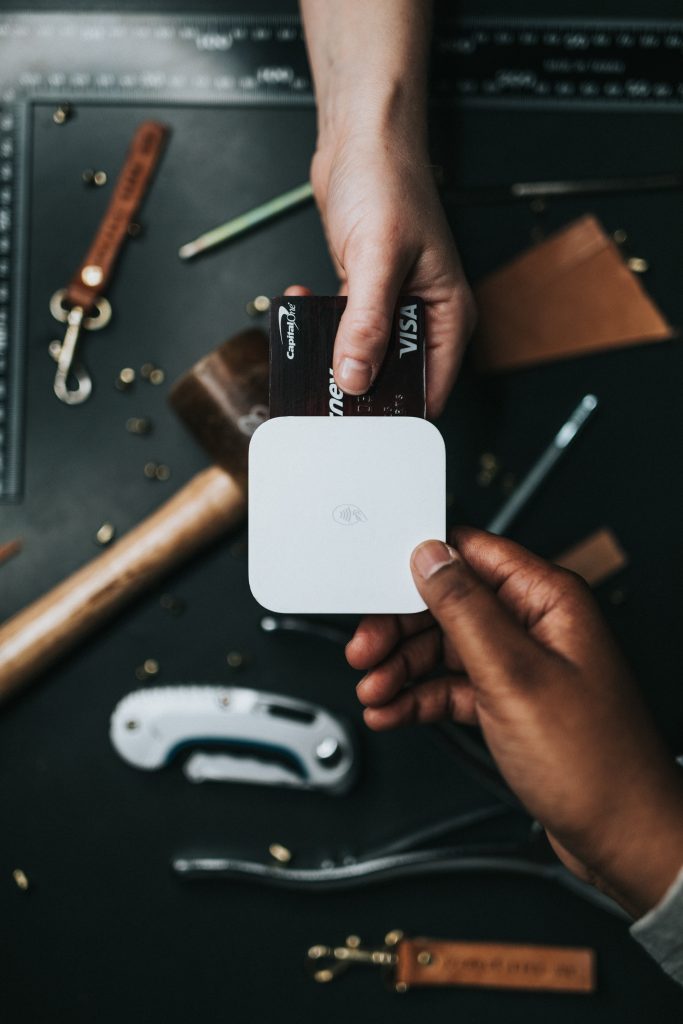
How to Avoid Employee Lawsuits as a Brand
Employee lawsuits can be a massive drawback to your brand as they are costly. Something that you never termed ‘wrong’ could be the basis on which your employee files a lawsuit against your brand. It could be wrong termination, personal injury, harassment, and discrimination, just to mention but a few. But, as an employer, do you know how you can avoid employee lawsuits in your brand? Well, let us look at ways you can prevent such costly lawsuits as a business.
Present a job description to your employees
Before you hire an employee, make sure you give them a job description. It should entail the responsibilities and activities the employee should perform. Additionally, it should have the organizational chart so that the employee knows who to report to as well as an acceptable code of ethics and practices. The job description is one way of making a proper recruitment agreement between the candidate and the employer.
Enlighten yourself on laws, rules, and regulations governing your brand
Do you know that your employee can file a lawsuit against your brand on the bases of requirements you have no idea exist? Yes, before you start your brand, make sure you are aware of the law, rules, and regulations like labor law, work safety law, workers’ compensation, and overtime rules that govern operations. It will save you from an employee lawsuit as you are aware of the rules, regulations, and laws protecting them.
Avoid unlawful employee termination
Terminating your employee suddenly is unlawful and could be a significant liability to your brand. Before you terminate your employees, try to coach and counsel them on how they can improve their performance. Further, review their performance and give them warnings if they do not perform as expected. Moreover, taking time before you fire your employees gives them room for improvement. However, if your employee does not improve, you can terminate them based on their performance analysis and within the frameworks on the law.
Avoid lawsuits that are caused by workplace injuries
Workplace injuries are common in all workplaces, and they can range from as simple as a fall in the staircase to machine-related injuries. According to a local law firm in Lebanon Tennessee that represents employees in work-related injury cases, it is recommended that you create a safe working environment. Indeed, a safe work environment will reduce the risks of injuries, consequently minimizing your chances of an employee filing a lawsuit against you. Also, train your employees on workplace safety as per the occupational safety and health administration. The training can be expensive but worth it.
Get your brand insured
In the event, your employee gets injured while at work, you are supposed to compensate them. Now, assuming you do not have money to pay the employee, they might end up filing a lawsuit against your brand. But, if your brand is insured against workplace injuries, then the insurance company will compensate them. This is just one example as more risks can result in financial losses. Therefore, get a cover like workers’ comp that will cushion you against injuries to employees. Insurance coverage can look expensive, but a loss of property due to unfortunate occurrences or finances because of a work-related injury lawsuit is more expensive.
Document employee information
Ensure that you document anything about your employee. Keep a record of performance appraisals, audit reports, job descriptions, training records, and warning letters, just to mention but a few. The documented information can act as evidence in a lawsuit if filed against you, and you are innocent.
Ease the process of employee complaint reporting
It is better to hear of an employee complain directly from them than through a law court summon. Therefore, provide the employee with a direct way of communicating with the human resource manager or top management. You can enhance this by providing them with an email address or hotline number.
Do not assume that the section supervisors will report complains about their department to you. They can hide something from you. Moreover, a smooth communication chain will help you fix a complaint faster. So, once you learn of an employee problem, be proactive and respond to it swiftly. Additionally, create a good rapport with your employees as it will make it easier for them to complain to you.
Final word
Any type of lawsuits can cause adverse financial consequences to your brand. It’s thus essential that you follow the tips we have covered to reduce the chances of a lawsuit against your brand by your employees.


















